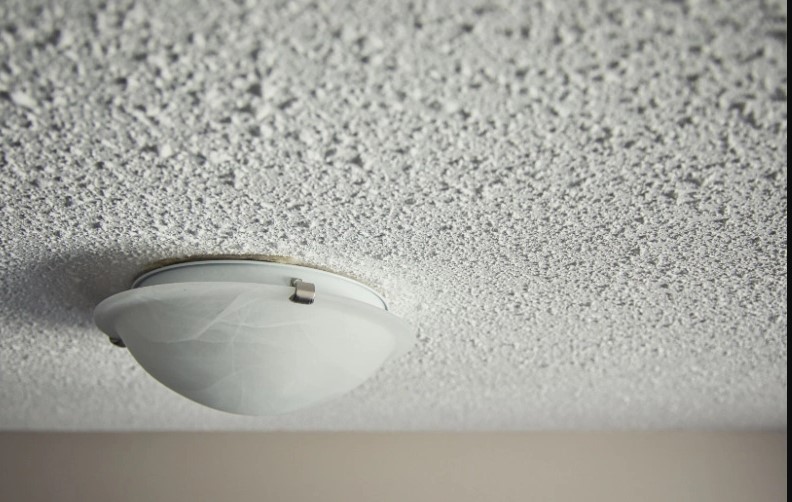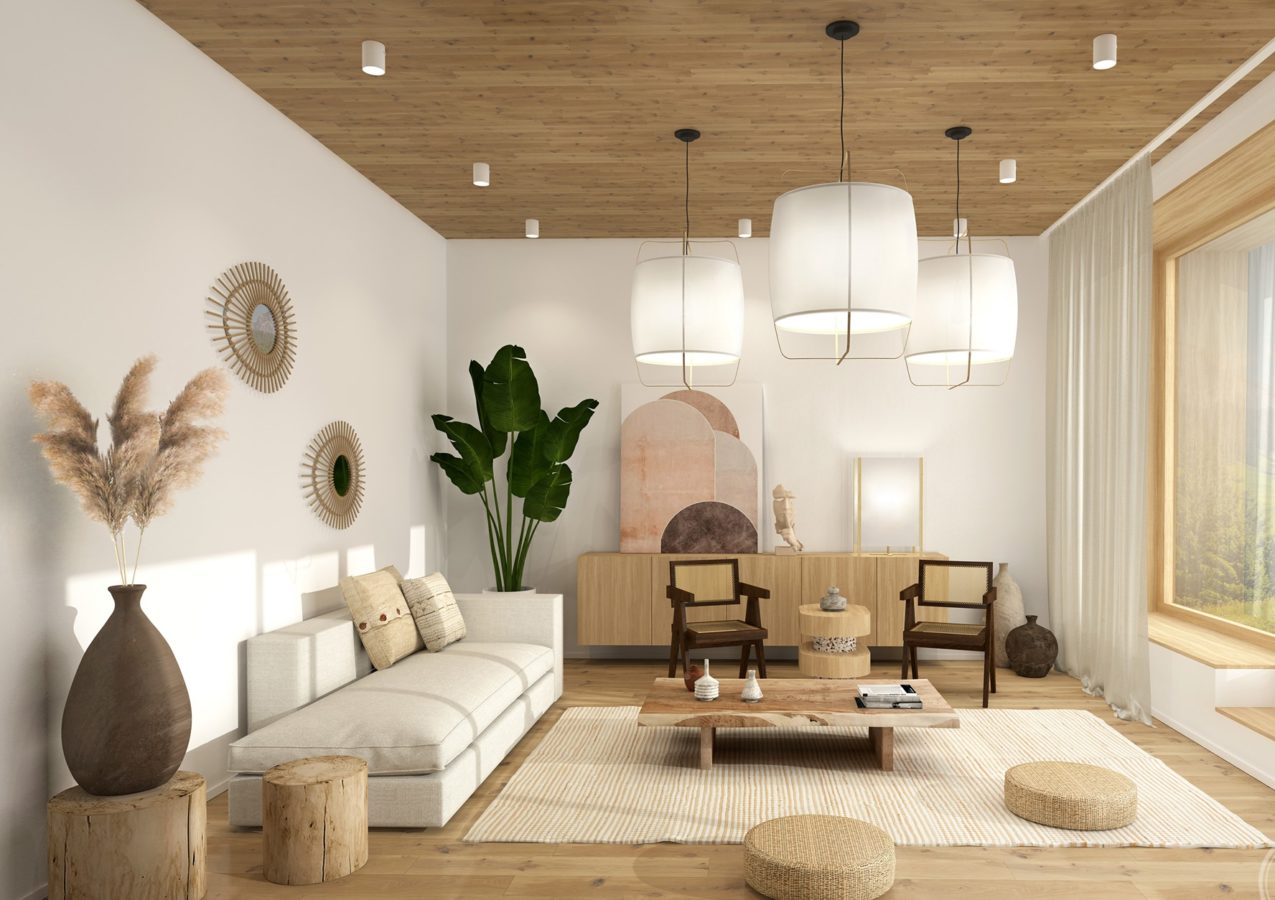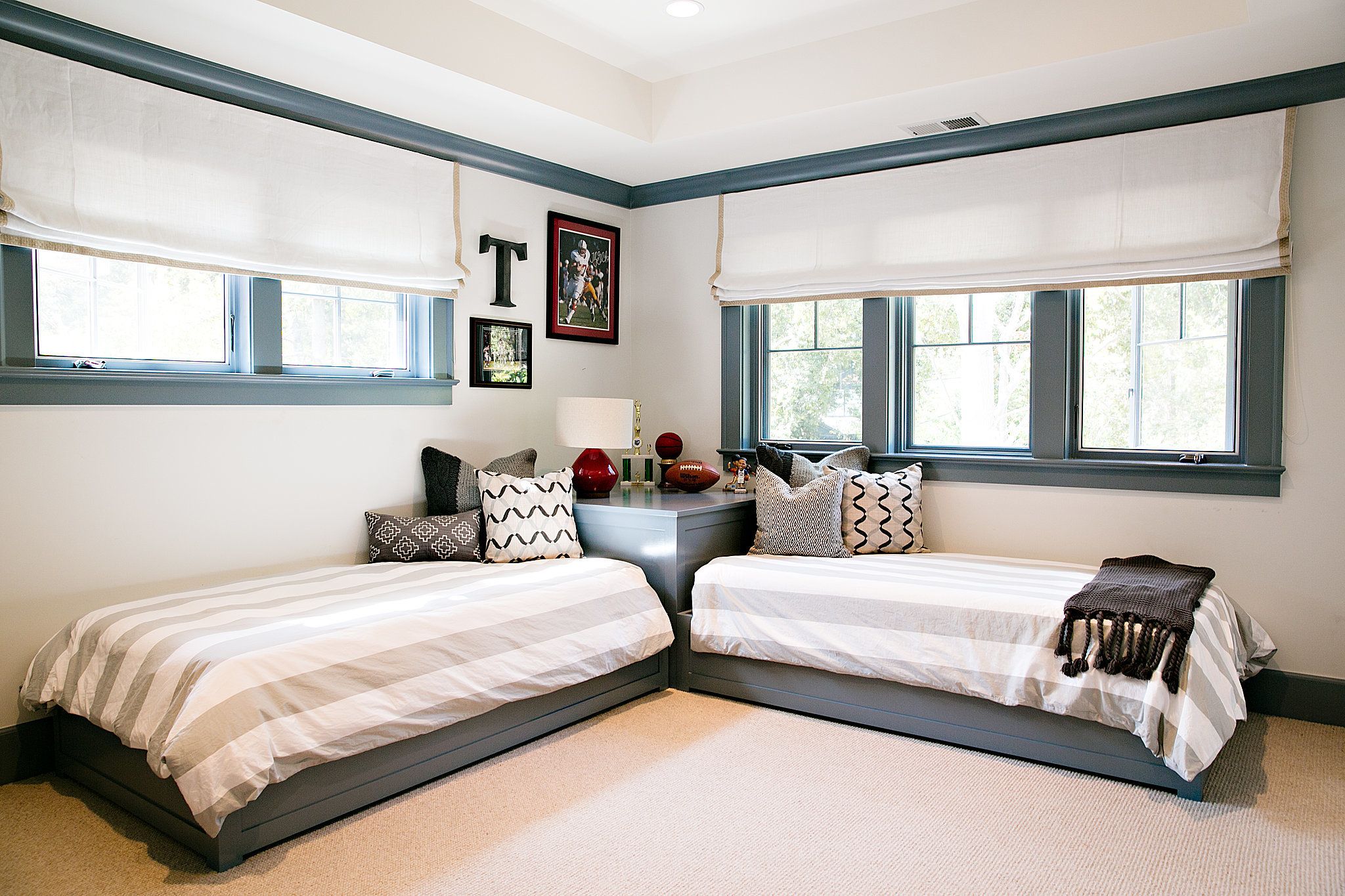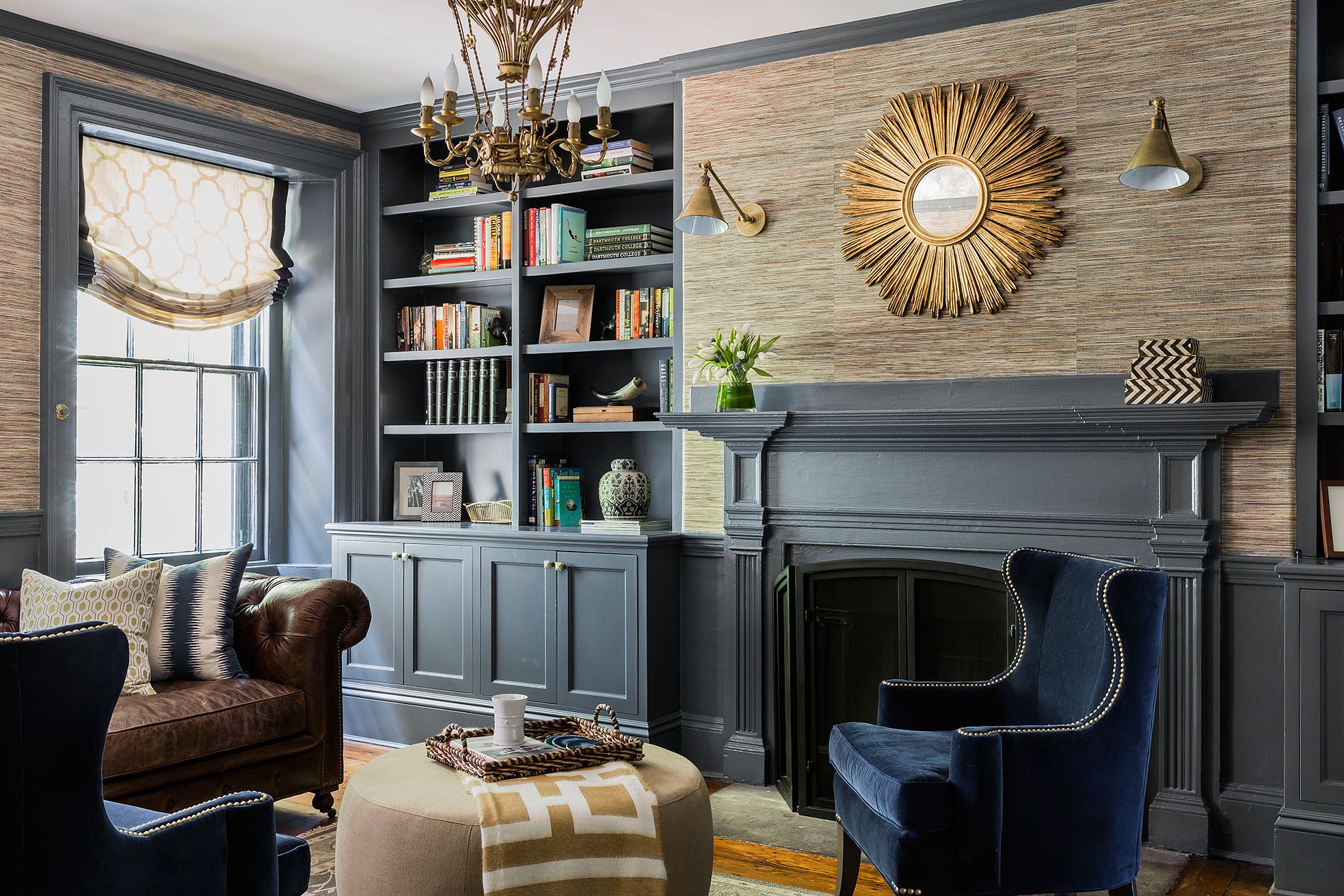Contents
When it comes to enhancing the interior of your home, ceiling texture is an often-overlooked aspect that can add depth, style, and personality to any room. Whether you’re remodeling an old house or simply updating a room, the ceiling texture you choose can dramatically alter the space’s overall feel. In this article, we’ll walk you through the various ceiling texture types, their benefits, and the popular methods used to apply them, helping you find the best fit for your home.
What Are Ceiling Textures?
Ceiling textures are decorative finishes applied to ceilings that add visual interest and sometimes hide imperfections. From classic finishes like popcorn ceiling to more modern and smooth textures, there’s a wide variety to choose from. Whether you are looking for a subtle touch or something bold, each texture offers a different aesthetic and practical benefit. Let’s dive into the most common types of ceiling textures.

Common Ceiling Texture Types
1. Popcorn Ceiling
The popcorn ceiling, also known as acoustic ceiling texture, was incredibly popular in mid-20th century homes. Its distinctive bumpy texture resembles popcorn, hence the name. Popcorn ceilings were often used to help with soundproofing and to hide ceiling imperfections.
While many homeowners today opt for more modern textures, popcorn ceilings are still found in older homes. They’re relatively easy to apply, but removing them can be a challenge, especially since some older popcorn textures may contain asbestos.
2. Knockdown Texture
Knockdown texture is one of the most popular ceiling finishes used in modern homes. This texture involves spraying drywall compound onto the ceiling and then knocking it down with a trowel, creating a soft, stucco-like appearance. It’s known for its ability to add dimension to a room without being too overpowering.
Homeowners often choose knockdown textures for their versatility. It hides minor imperfections while giving your ceiling a clean, contemporary look.
3. Orange Peel Texture
Another common option is orange peel texture, named because it resembles the bumpy surface of an orange. This texture is applied using a spray gun and is a great middle ground between a smooth finish and a more pronounced texture like knockdown. It’s subtle but provides just enough texture to hide small flaws and add interest to the ceiling.
Orange peel texture works in both modern and traditional homes, making it a highly versatile choice for those unsure about committing to a more intense texture.
4. Stipple Ceiling
Stipple ceiling texture is created by applying a compound to the ceiling and then using a brush to make raised patterns. It’s a bit more intricate than some other textures but offers a highly textured finish.
Stipple ceilings are ideal for adding a dramatic flair to living spaces or even bedrooms. However, like popcorn ceilings, they can be harder to repair or clean, so consider this if you’re looking for low-maintenance options.
5. Smooth Ceiling Finish
If you prefer a minimalist and modern aesthetic, a smooth ceiling finish may be the best option. Smooth ceilings don’t have any texture at all, offering a sleek and clean look that suits contemporary homes.
Although a smooth ceiling doesn’t hide imperfections as well as textured options, it can make a room feel larger and more open. The application process requires more precision, as any flaws in the ceiling will be noticeable without a texture to cover them.
6. Swirl Ceiling Texture
Swirl ceiling texture is created by applying drywall compound in a swirling motion to achieve a decorative, spiral-like pattern. This vintage texture type is less common in modern homes but still provides a unique, artistic touch to ceilings.
This texture is perfect for homeowners who want their ceiling to stand out as a focal point. However, like stipple textures, it requires skill to apply and may be more difficult to maintain.
7. Skip Trowel Ceiling
The skip trowel texture is an elegant, plaster-like finish that adds subtle texture without overwhelming the room. To create this finish, a trowel is used to apply a thin layer of drywall compound with slight skips and gaps, which results in a delicate, hand-crafted look.
Skip trowel is often favored in Mediterranean or Spanish-style homes due to its warm, old-world charm.
How to Choose the Right Ceiling Texture for Your Home
Choosing the right ceiling texture depends on several factors, including the style of your home, personal preferences, and practical considerations like ease of application and maintenance. Here’s a quick guide to help you decide:
- Popcorn Ceiling: Ideal for soundproofing and hiding major imperfections. Best suited for older homes or areas where acoustics are a concern.
- Knockdown Texture: A versatile and modern choice that suits most home styles. It offers dimension without overpowering the room.
- Orange Peel Texture: A subtle texture that works well in both traditional and modern homes. It’s great for homeowners who want to hide minor flaws without going too bold.
- Stipple Ceiling: Perfect for adding a dramatic and textured finish, though it requires more maintenance.
- Smooth Ceiling Finish: Ideal for those who prefer clean lines and a modern aesthetic, but it requires flawless ceiling surfaces.
- Swirl Texture: Best for artistic, vintage-style homes where the ceiling can act as a statement feature.
- Skip Trowel Texture: A classic, elegant finish that adds warmth and charm to traditional homes.
Ceiling Texture Application Techniques
Applying a ceiling texture isn’t always a simple DIY project, especially for textures like knockdown or stipple ceilings. Here are the three most common techniques used to apply ceiling textures:
- Spraying: Many textures, including popcorn and orange peel, are applied with a spray gun. This is an efficient method for covering large areas quickly.
- Brushing: For textures like stipple and swirl, a brush is used to create raised patterns. This requires more skill and precision.
- Troweling: Textures like skip trowel and knockdown are applied by hand using a trowel. This allows for more custom finishes and is ideal for homeowners seeking a unique look.
FAQs About Ceiling Textures
Can I remove my popcorn ceiling?
Yes, but it can be tricky. Some older popcorn ceilings contain asbestos, so it’s essential to test for this before removal. Always seek professional help if asbestos is present.
What’s the most modern ceiling texture?
Smooth ceiling finishes are considered the most modern, offering a sleek and minimalist appearance. For a more subtle texture, knockdown is a popular choice.
Which texture hides imperfections best?
Popcorn and knockdown textures are best for concealing imperfections, especially in older homes.
How much does it cost to texture a ceiling?
Costs vary based on texture type and labor, but expect to pay between $1 to $3 per square foot, with additional charges for more intricate patterns.
Final Thoughts
The right ceiling texture can transform your space, whether you’re aiming for modern elegance with a smooth ceiling finish or adding cozy charm with a skip trowel. By understanding your options and weighing the pros and cons, you can confidently choose a ceiling texture that not only fits your style but also meets your home’s practical needs.
You May Also Read:





